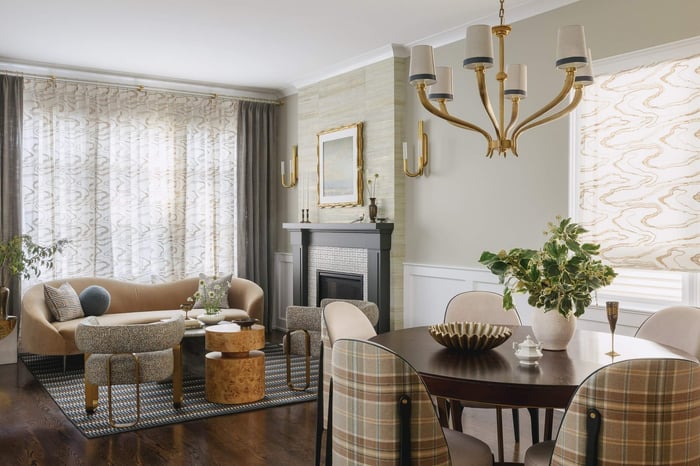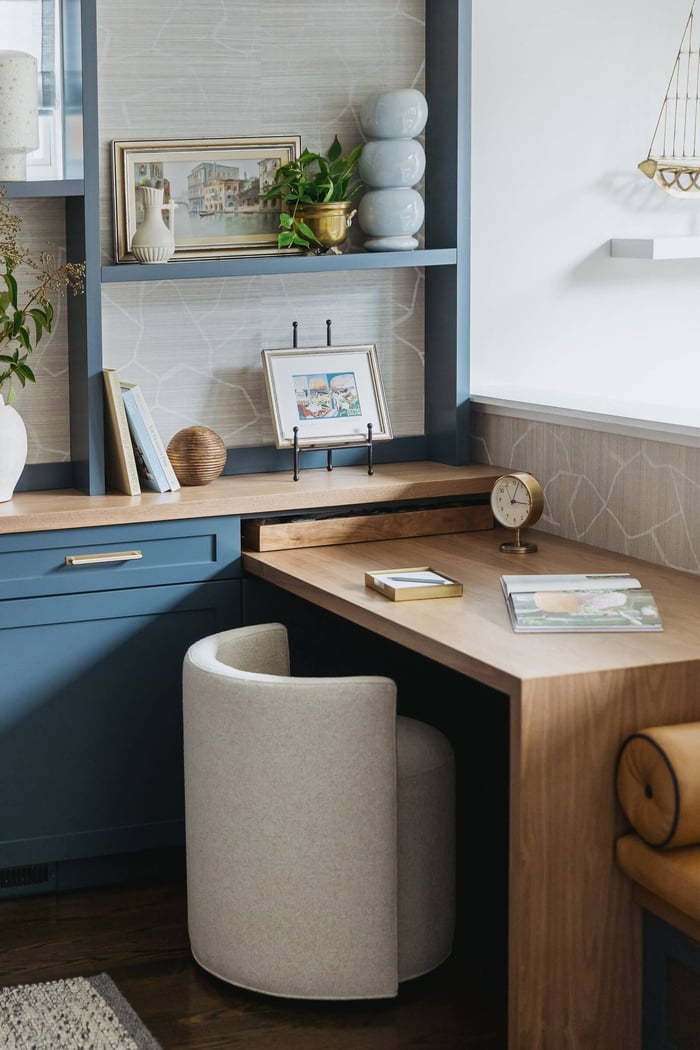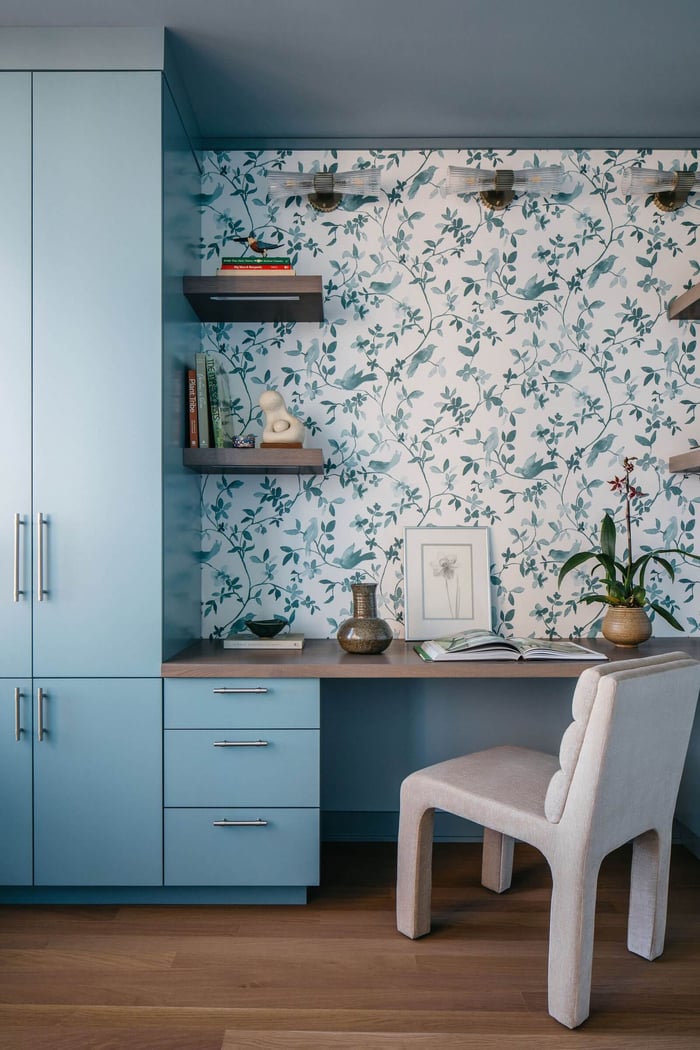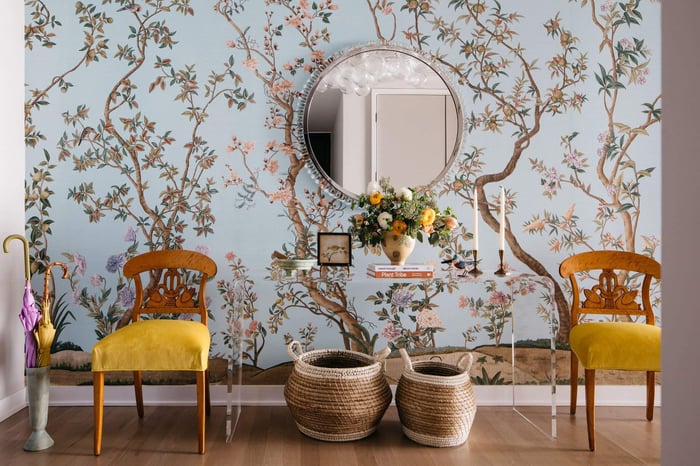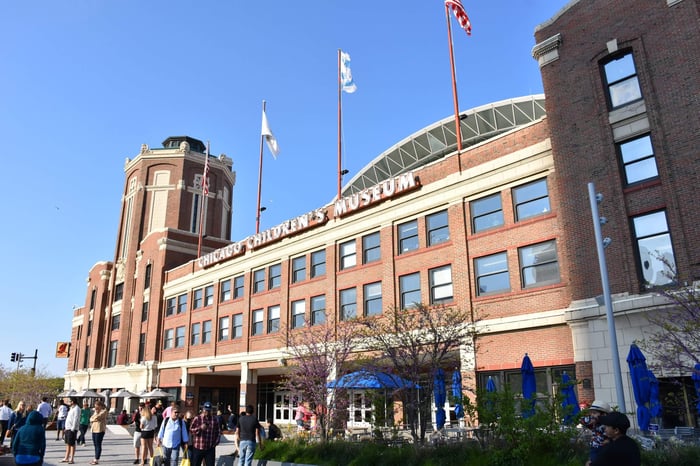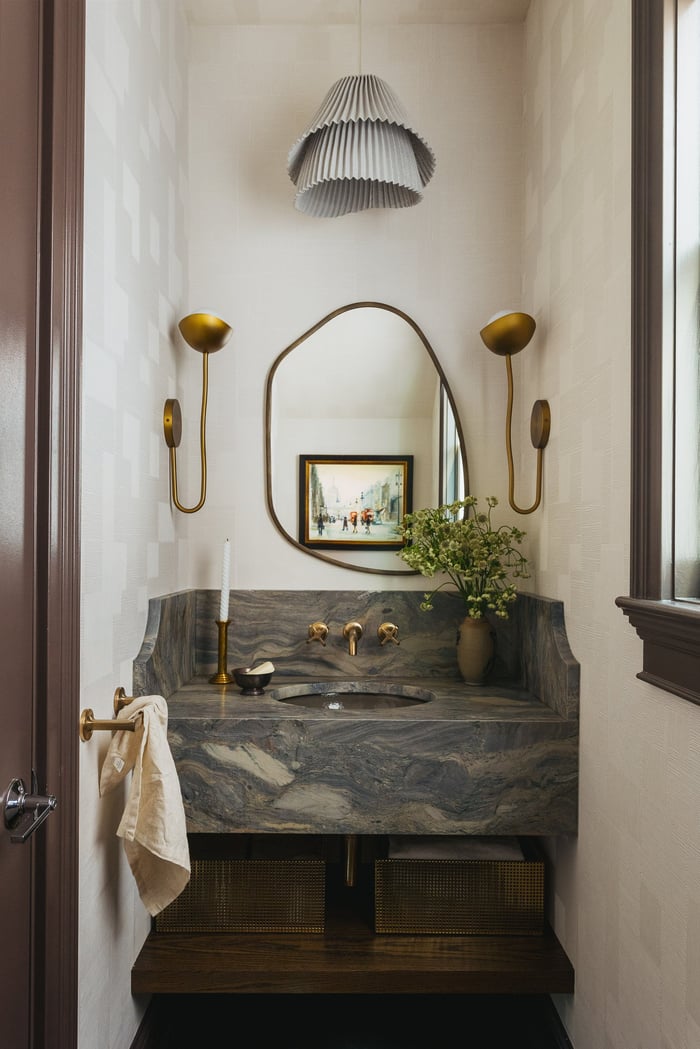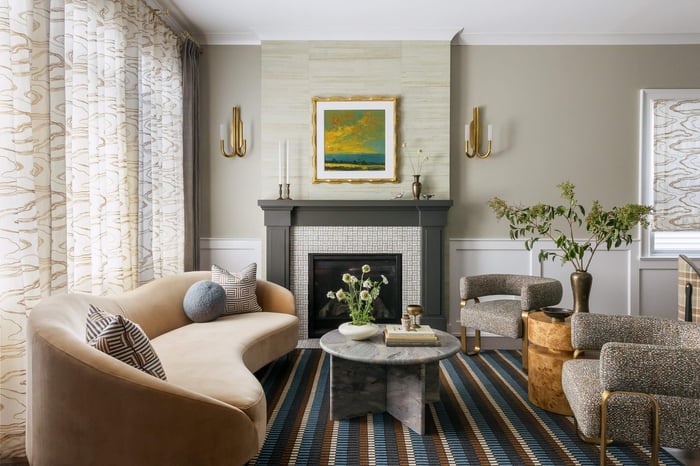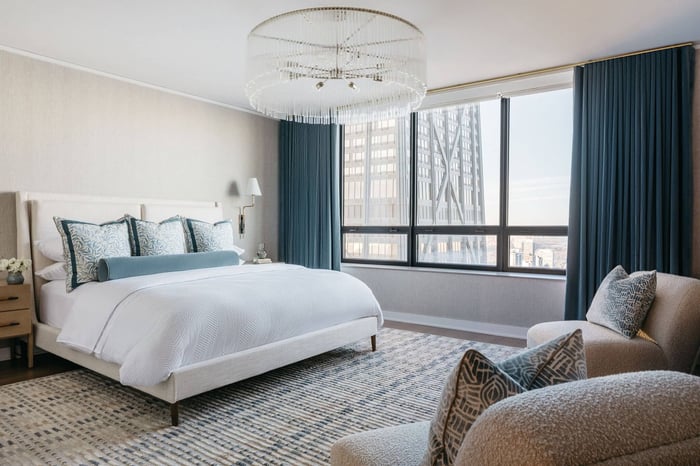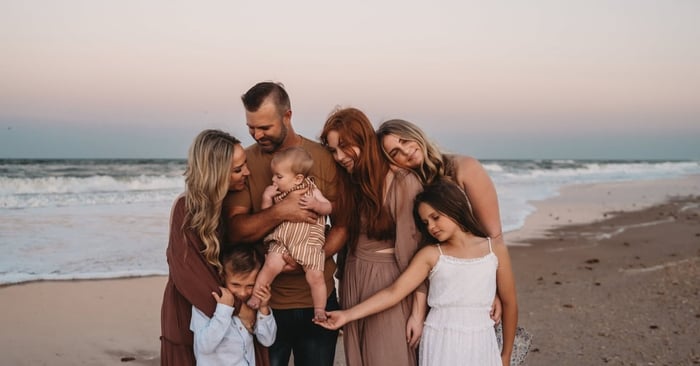Laura Tribbett is an interior designer, and the founder of Outline Interiors, a Chicago-based design studio. Prior to forming her own business, Laura worked for renowned designers, including Thom Filicia and David Easton. Laura sat down with Brandon Kosters from Eastern Accents to discuss her career.
What was your point of entry into the interior design industry?
I went to college for it. I went to Texas Christian University, studying interior design. While in school, I did an internship in New York with a small, boutique firm. It was a horrible experience (laughs). I decided that while I didn’t love that experience, I did love New York, and did want to return. My first job was at the McGuire show room. I got into customer service before getting into the actual firms and doing real design.
What are the meaningful differences between managing your own studio and working for another firm?
It’s just a shift in mentality. It’s a totally different role. You kind of have to run a business. When you’re working for someone else, there are things you don’t have to worry about – overhead, accounting, and someone marketing, someone All these things that go into running a design business that designers don’t usually do.
How did you become involved with the Chicago Children’s Museum?
I’m on their board of directors. I have been involved with the museum since 2020. We help advise the team on their strategy on how to best push their mission forward, which is all about the connection to play and learning.
Where do you draw inspiration from?
A lot of people say travel, which is true. Travel. Being out and about. Meeting new people. Trying new things. Listening to people, not just looking at things – understanding the “why” behind the decisions they made. I don’t subscribe to the magazines – I know that sounds so bad! Instagram is a place to gather inspiration. That has made a difference, the past few years. Sometimes, I have to turn it off. When I’m working, I’m not immersing myself in a design magazine. When we can travel, we like to travel and try new things, and try to rejuvenate that way.
Are there nuanced differences between residential and commercial projects?
We don’t do a ton of commercial projects. All of the commercial projects that we have done had residential leanings, meaning it might be a common element of a condo building, amenity spaces, the lobby, et cetera. My bread and butter is extensively residential. The difference with commercial projects is really that you have to use materials that are going to withstand and meet different codes. In the few commercial projects we’ve done, our angle has been to make it feel residential, but wear like a commercial project.
Where would you like to see yourself in five years?
We’re working on several different large scale projects, renovations, and construction. That’s what we enjoy doing, and we want to do more of that, rather than the small projects, which become hard to juggle. I also want to see us moving more towards color and pattern, and not feeling like we have to modify our aesthetic to match the client’s as much. In five years, I want people to say “I want a colorful and vibrant home, and I want it to be tasteful, and aesthetically intentional, and I’m going to call Laura to handle this project.”
Thank you to Laura Tribbett for sharing her experiences, insights, and perspective on the evolving world of interior design. Find more from Laura and Outline Interiors here.

